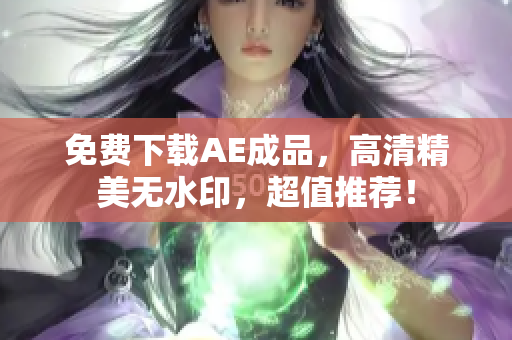Introduction
The intersection between top Western humanistic art and the implementation of 5G technology in mainland China may seem like an unlikely pairing, but it's an interesting one to explore. With the development of 5G technology, the world is bursting with new possibilities. From faster download speeds to virtual reality applications, 5G technology is poised to transform our lives in ways that we have not yet imagined. In this article, we will examine the use of 5G technology in art, gaming, education, and more, and why it is important for us to understand it.
The Intersection of Art and Technology
Artists have been using technology to create and showcase their work for centuries. From the earliest days of photography to contemporary video installations, artists have harnessed technology to create new forms of expression. With the advent of 5G technology, the possibilities for creating and experiencing art are greater than ever before.
One example is the use of 5G technology to create larger-than-life installations. 5G allows for the transfer of large amounts of data, making it possible for artists to create massive digital installations that can be viewed by thousands of people at once. Another example is the use of virtual reality in art. With 5G technology, VR experiences can be more seamless, allowing artists to create immersive and interactive installations with greater depth and detail.
5G and Gaming
The gaming industry has long been at the forefront of technological advances, and 5G is no different. The faster download speeds and lower latency offered by 5G make it possible for gamers to play more complex and immersive games without experiencing frustrating lag or dropped connections.
However, the introduction of 5G has also presented new challenges for the gaming industry. Some gamers have expressed concerns about the potential for increased lag and latency due to the increased complexity of games made possible by 5G technology. Others worry about the potential for exploitation of in-game purchases due to the faster download speeds.
5G and Education
The implementation of 5G technology in education has the potential to revolutionize the way we learn. With the ability to download and stream large amounts of data quickly and seamlessly, students and educators can access a wealth of educational resources at their fingertips. This can facilitate greater collaboration and engagement, as well as provide access to previously inaccessible resources.
However, there are also some potential concerns with the use of 5G in education. One concern is the possibility of increased screen time for students, which could have negative effects on their health and wellbeing. Another concern is the potential for greater distraction and multitasking, which could have a negative impact on learning outcomes.
Stark Contrast: Southeast Asian Early Childhood Education
While 5G technology presents exciting opportunities for art, gaming, and education in mainland China and other developed countries, many areas around the world still lack access to basic technology. This is especially true in Southeast Asia, where early childhood education is in dire need of resources and support.
In many areas of Southeast Asia, access to educational resources, including basic technological infrastructure, is limited. This can have a profound impact on the quality of education available to young children, which in turn can affect both their personal and academic growth.
Conclusion
As we continue to develop and refine 5G technology, it's important to consider its impact on a variety of different industries and areas of society. While it presents exciting opportunities for art, gaming, and education, we must also be mindful of its potential challenges. Furthermore, we must continue to work towards making technology and education more accessible to everyone, regardless of their geographic location or economic status. Only by doing so can we ensure that everyone has the opportunity to reach their full potential.









